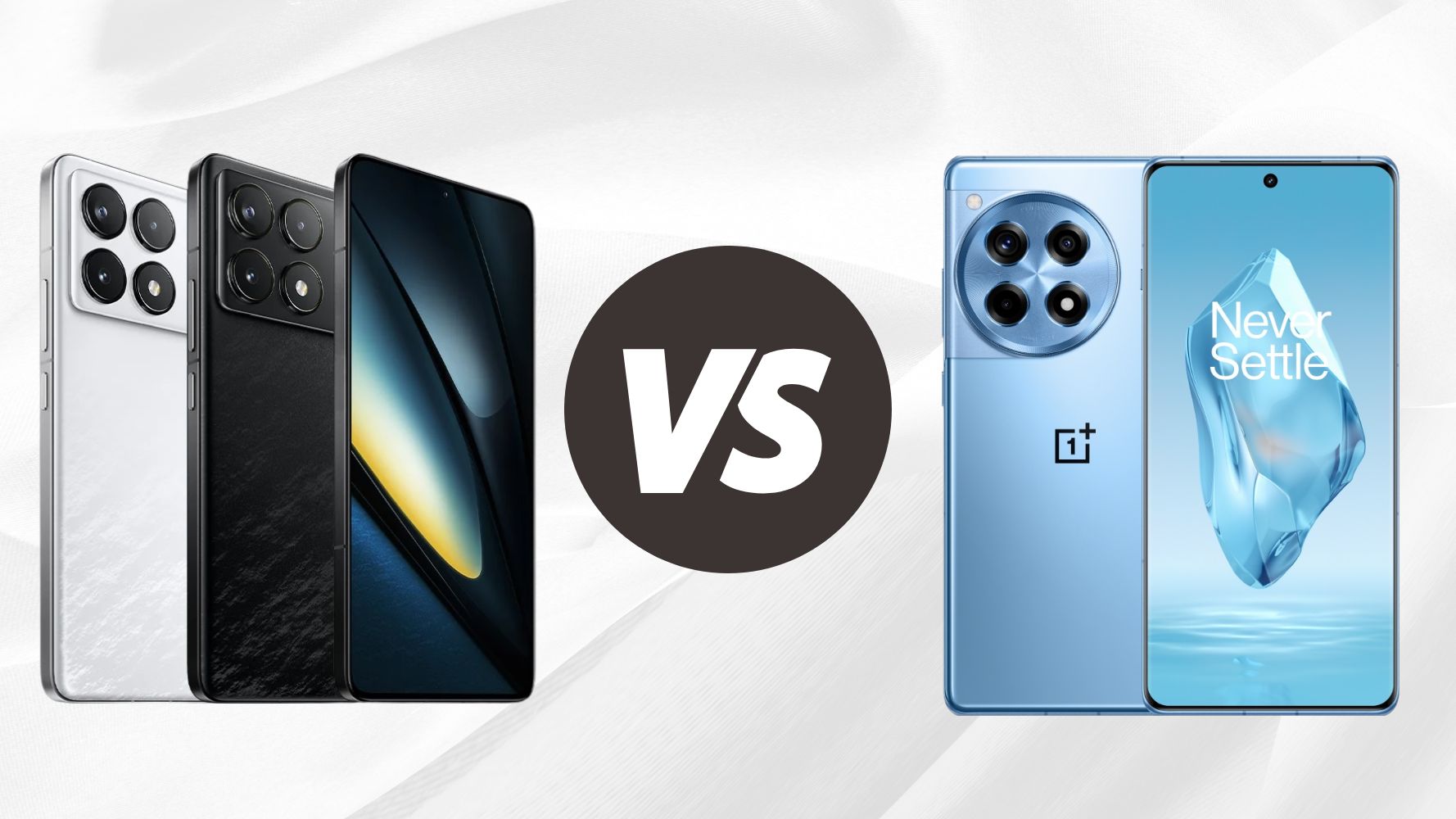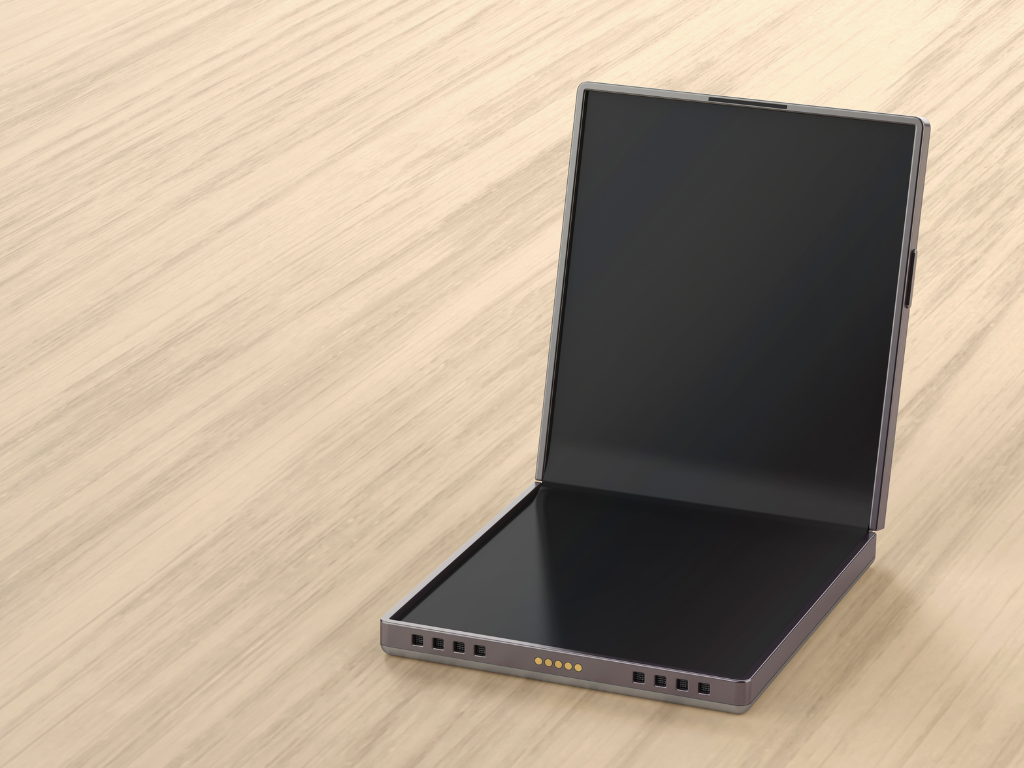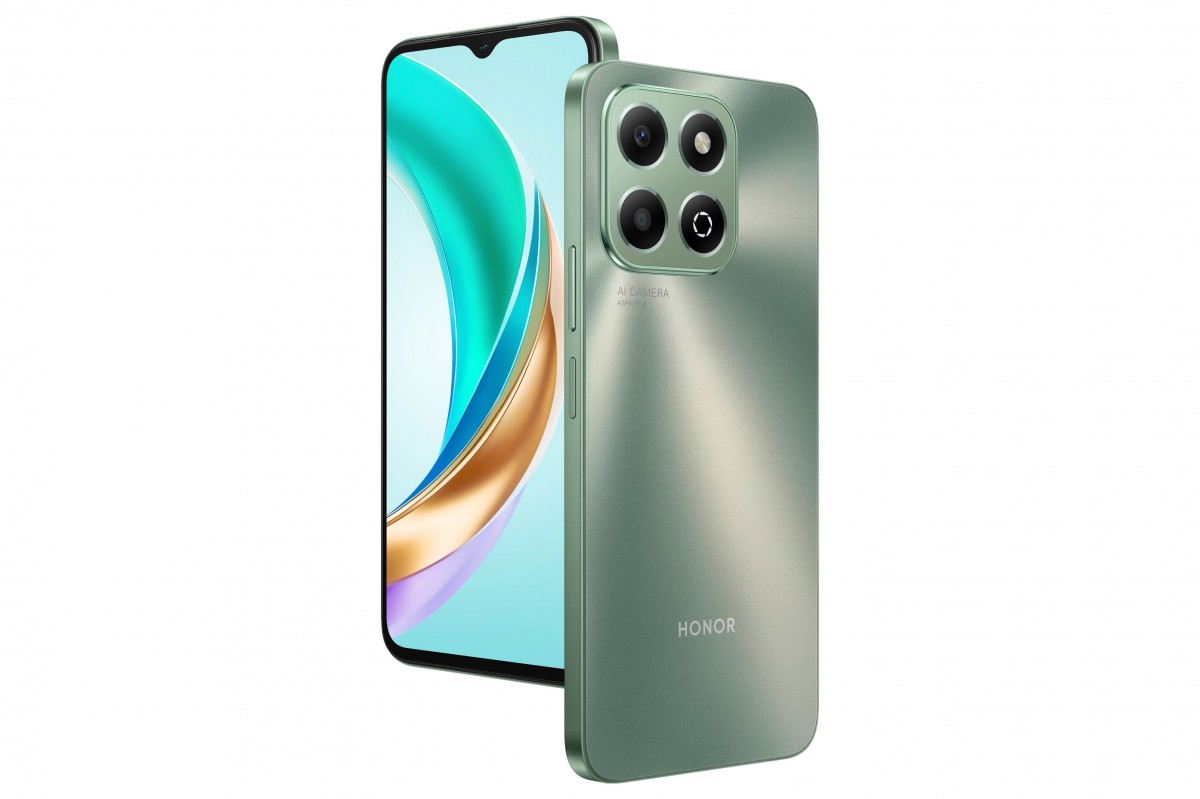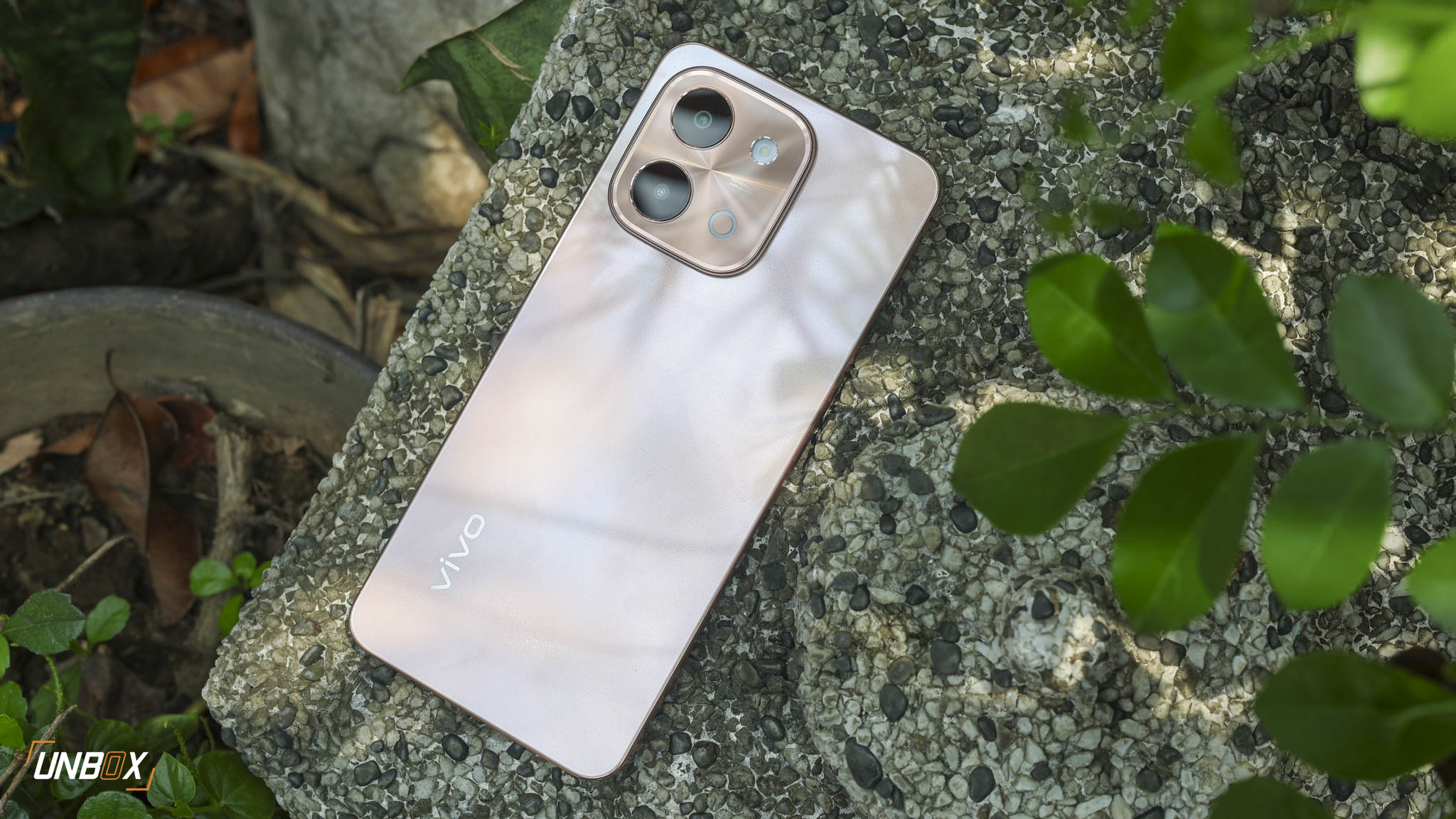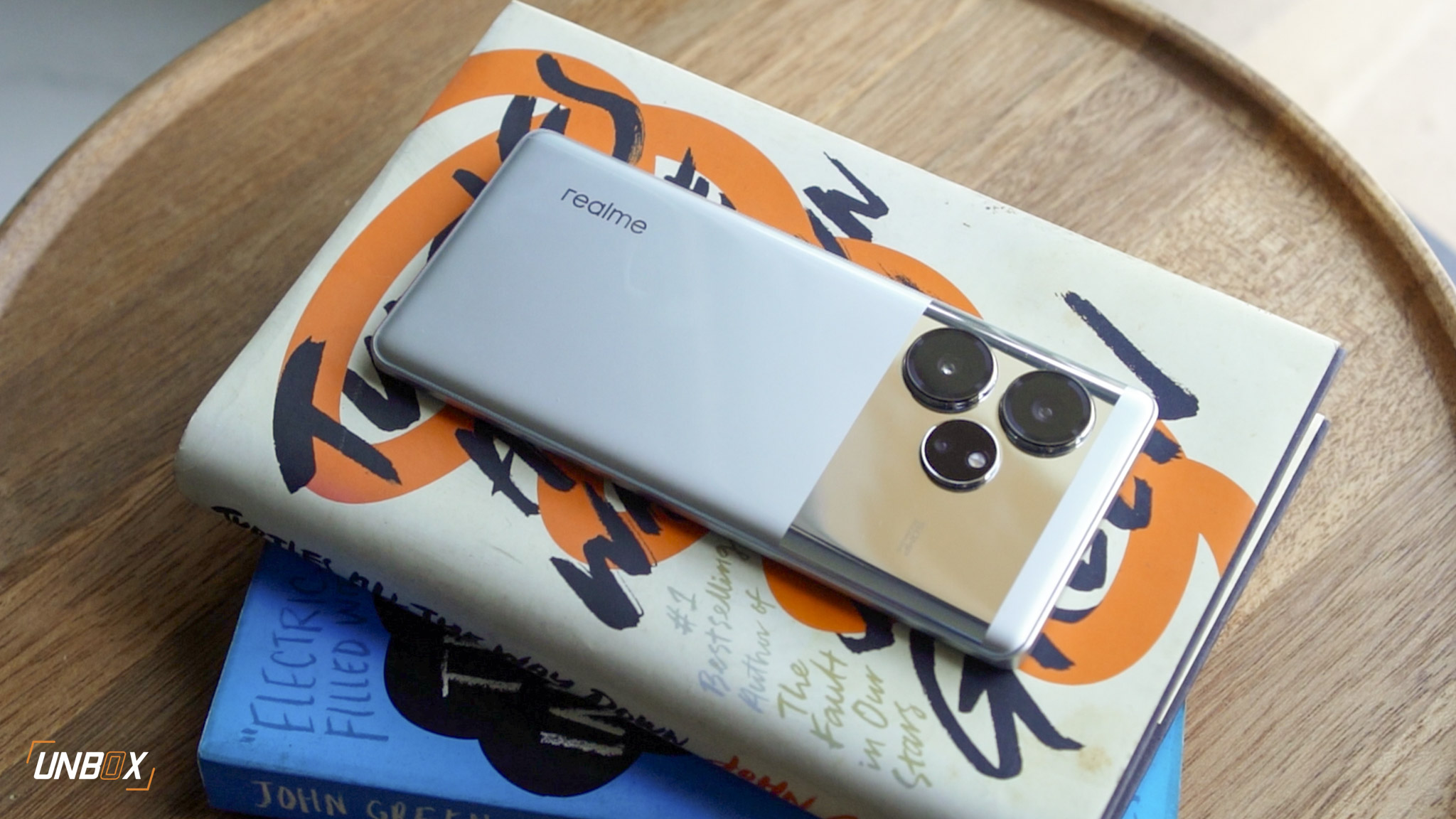POCO has officially unveiled the F6 series in Dubai, and the F6 Pro is the better pick as it offers a significant upgrade over its predecessor. Pair that with its killer pricing in the Philippines, the closest rival of the POCO F6 Pro is the OnePlus 12R, which is a budget flagship that has roughly the same specs, but comes at a higher price tag.
We compare both budget flagship devices, and see which offers better value:
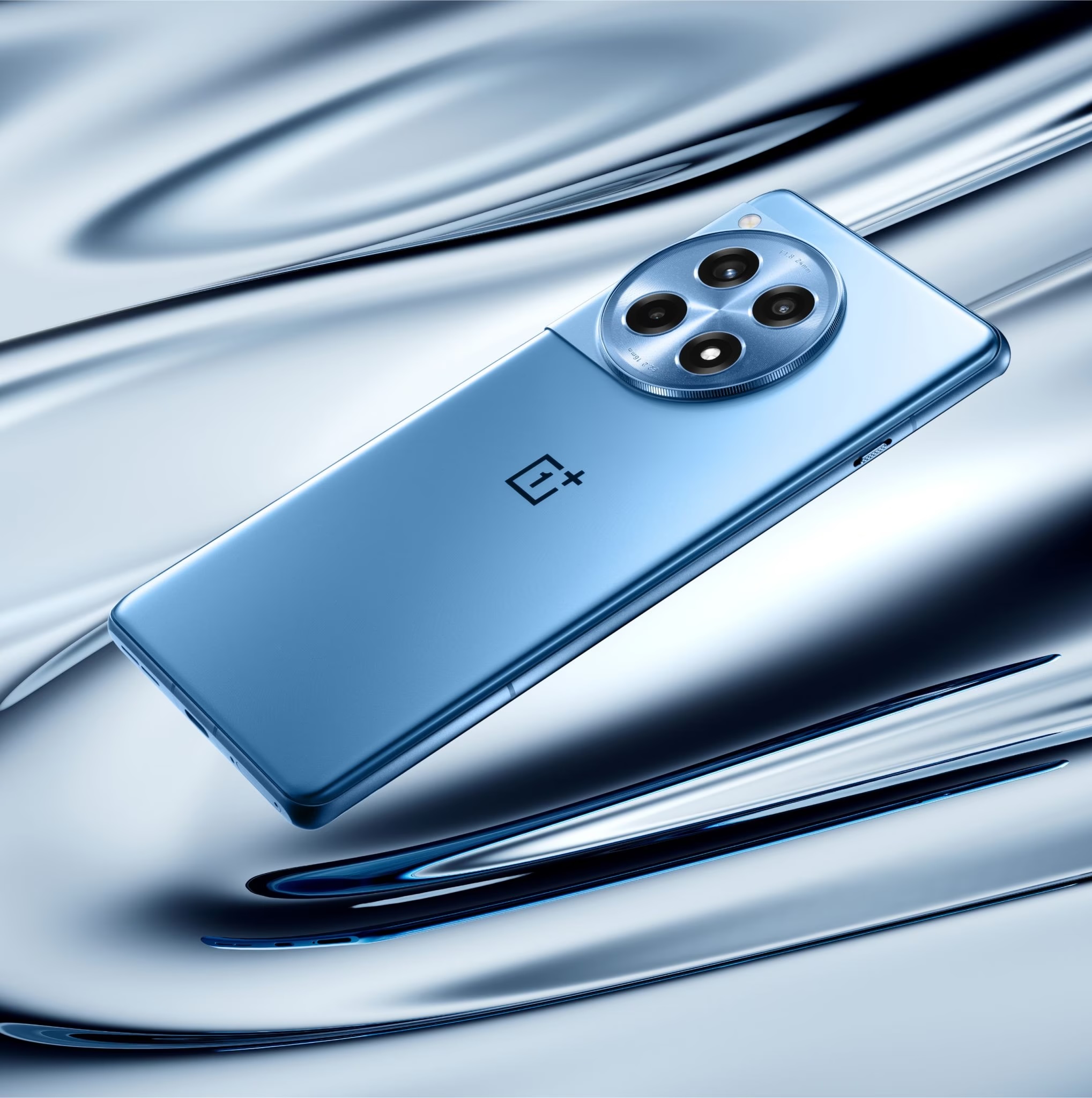
Design
Without any question, both the F6 Pro and 12R offer premium builds with their use of aluminum for the frame, along with a glass back. The 12R has a curvier design, while the F6 Pro goes for a boxier look.
Both phones have a huge bump for the camera module, and it all boils down to preference on which one looks better. While the F6 Pro is thinner at 8.2mm, the 12R has a slight advantage of having an IP64 rating—making OnePlus’ budget flagship safer against water splashes. Save for that difference, both phones come with an in-display fingerprint scanner and stereo speakers.

Display
The 12R has a bigger display at 6.78 inches, but that’s because it uses a curved panel. You get a high peak brightness of 4500nits on the 12R, though the F6 Pro is not far off with its peak brightness of 4000nits.
Both utilize 120hz OLED displays, though the F6 Pro has a WQHD+ resolution that has better clarity over the 12R’s Full HD+ resolution. The F6 Pro may utilize a flat panel, but you have to appreciate those slim bezels that give It a very symmetrical look.
With both phones having flagship-caliber display, you get features like support for Dolby Vision, Widevine L1, and support for HDR10+ content.
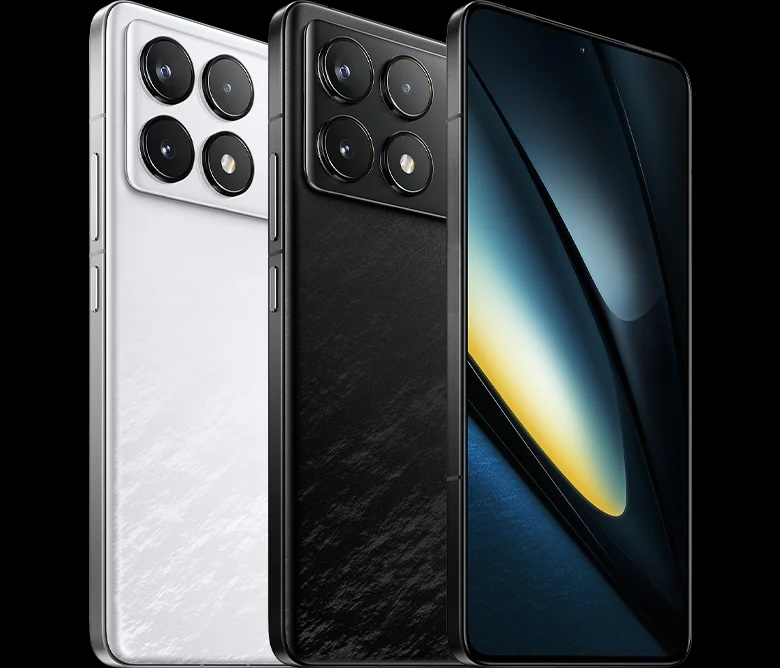
Cameras
The F6 Pro and 12R are almost the same when it comes to cameras, as both phones have a 16-megapixel selfie camera, 8-megapixel ultra-wide camera, and (unfortunately) a 2-megapixel macro camera that’’s more of a filler.
While both phones do have a 50-megapixel main camera with OIS, they differ with the sensor used: the F6 Pro uses a Light Fusion 800, while the 12R uses an IMX890. While the former is a smidge bigger a 1/1.55 inches, both the F6 Pro and 12R perform roughly the same when it comes to photos.
Despite having roughly the same hardware, the F6 Pro is capable of shooting 8K video at 24FPS—a feature that’s unusually omitted on the 12R.
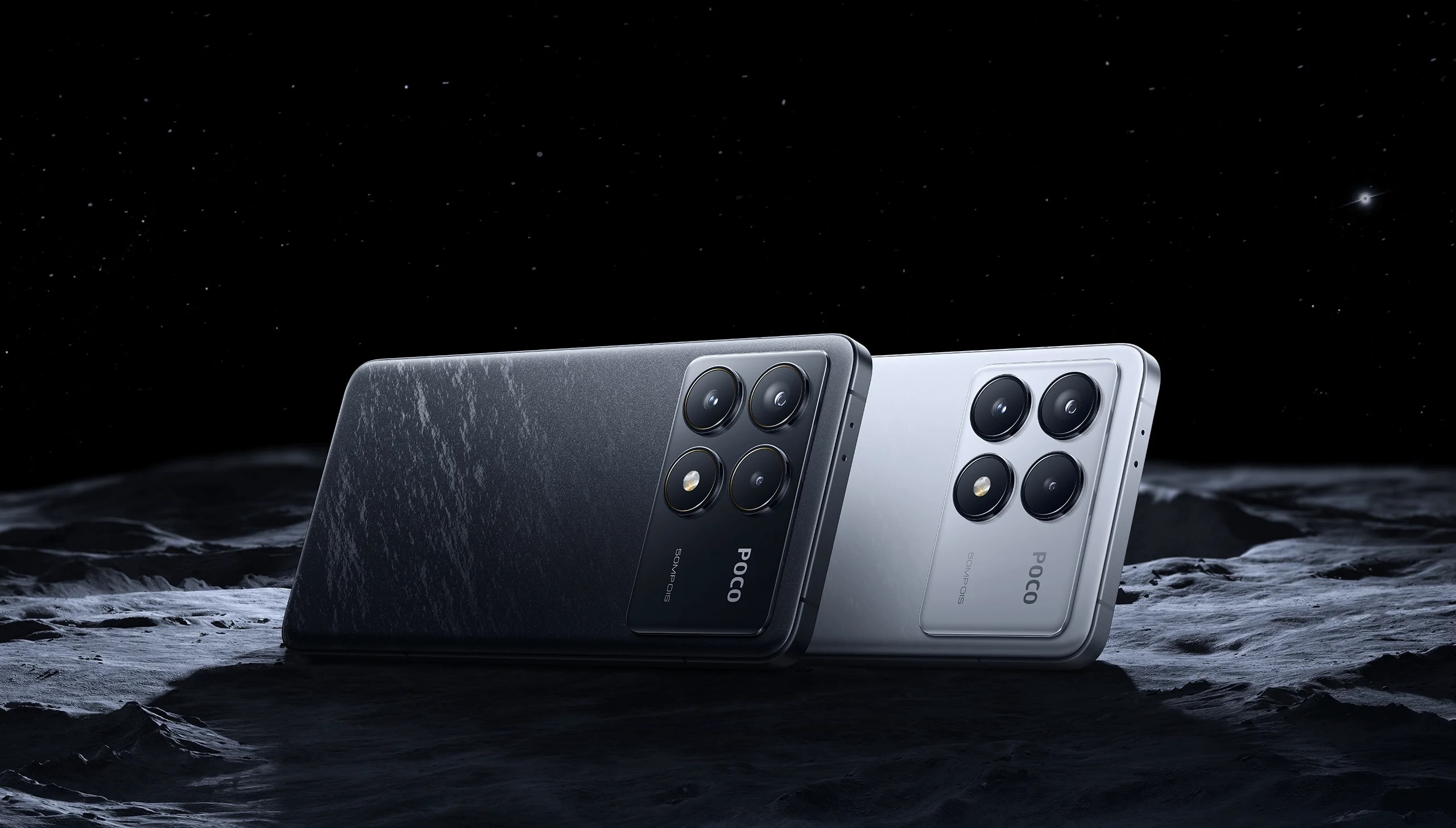
Internals and Battery
Both phones pack a Snapdragon 8 Gen 2, which is a powerful processor even if it is a generation old. When it comes to internals, the F6 Pro has the upper hand with up to 1TB storage—and that it uses the newer and faster UFS 4.0 variety. While the F6 Pro is expected to perform better because of its storage, both phones have internals that are powerful enough to run all of the demanding mobile games that’s available in the market.
When it comes to the battery, the 12R has the upper hand with its 5500mAh cell, while the F6 Pro offers a faster 120w wired charging for its 5000mAh cell. Both phones don’t get wireless charging, which is fine given their positioning as budget flagship devices.

Software
Both phones come with Android 14 out of the box, though some might favor the 12R’s OxygenOS since it comes with less bloatware compared to the F6 Pro’s HyperOS—but to POCO’s defense, a big chunk of the preinstalled bloatware can be uninstalled. Both the F6 Pro and 12R come with at least 2 major Android updates and 3 years of security updates, though it’s possible for both POCO and OnePlus to extend software support for them.
Price
The OnePlus 12R is priced at Php 43,990 for the 16GB/256GB variant, while the POCO F6 Pro is offered in three variants—with the 12GB/256GB variant priced at Php 26,999 and the top-end 16GB/1TB priced at Php 32,999. With the massive disparity when it comes to pricing, the F6 Pro offers better overall value compared to the 12R.


